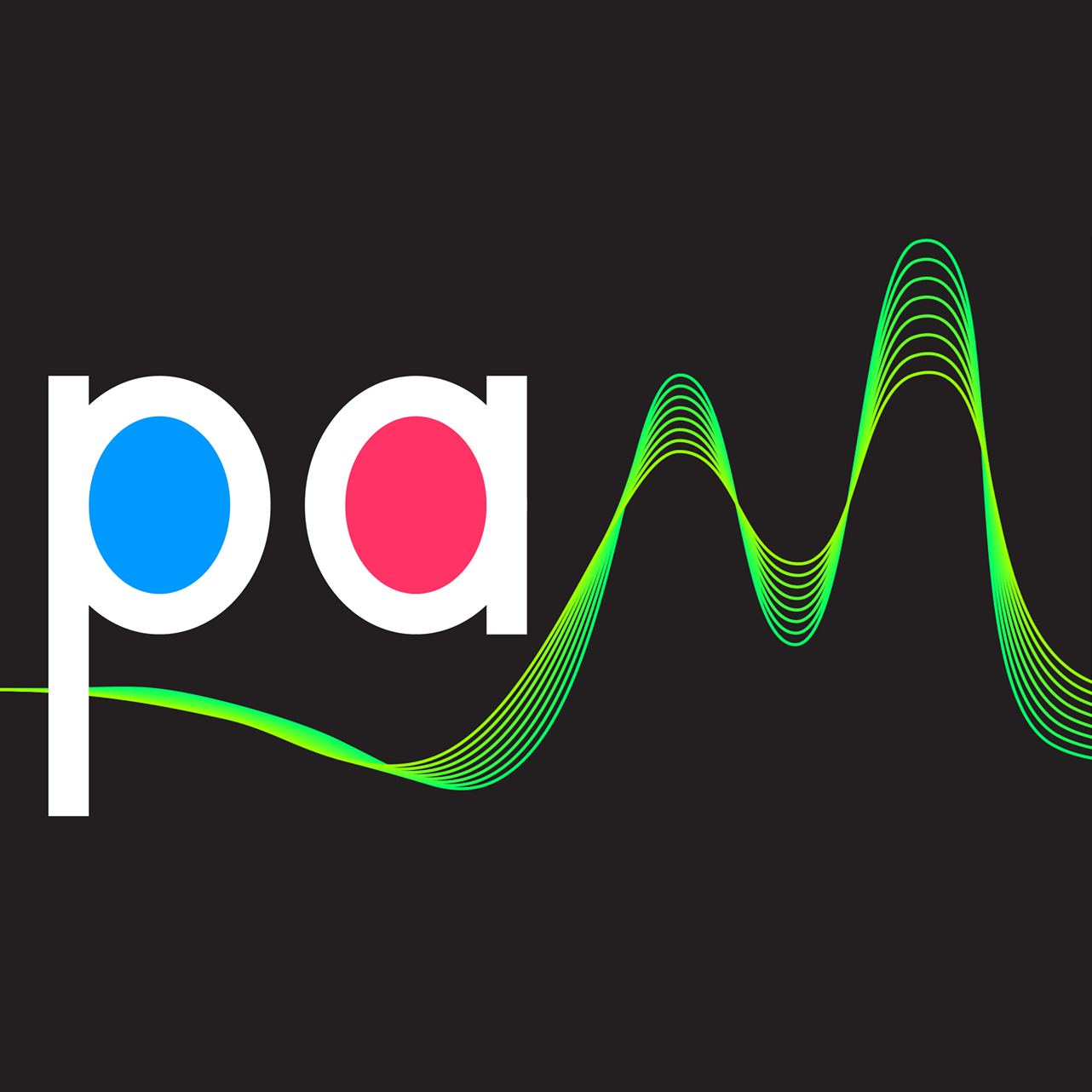The acoustics of Korean fricatives revisited
Published in Harvard Studies in Korean Linguistics, 2008
This study examined the production of the two-way laryngeal contrast in Korean sibilant fricatives in two experiments covering low and high vowel environments. Acoustic analyses show that in a low vowel environment, the two fricatives differ from each other in fricative duration, aspiration duration, F1 onset, intensity buildup, and voice quality; however, the F1 and intensity differences disappear in a high vowel environment. In both environments, there are no differences in F0 onset, average intensity, or vowel length. In having a fricative contrast without a voiced member, Korean constitutes an exception to Jansen’s (2004) laryngeal typology. This contrast seems to be typologically unique and can only be accommodated by the addition of an aspirated voiceless lenis category to the set of possible laryngeal classifications.
Recommended citation: Chang, C. B. (2008). The acoustics of Korean fricatives revisited. Harvard Studies in Korean Linguistics, 12, 137–150.
Download Paper
